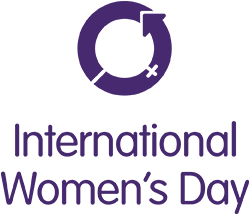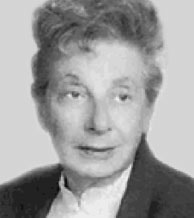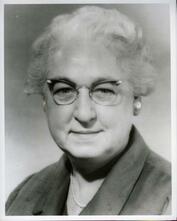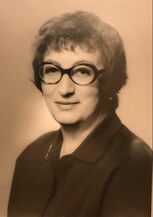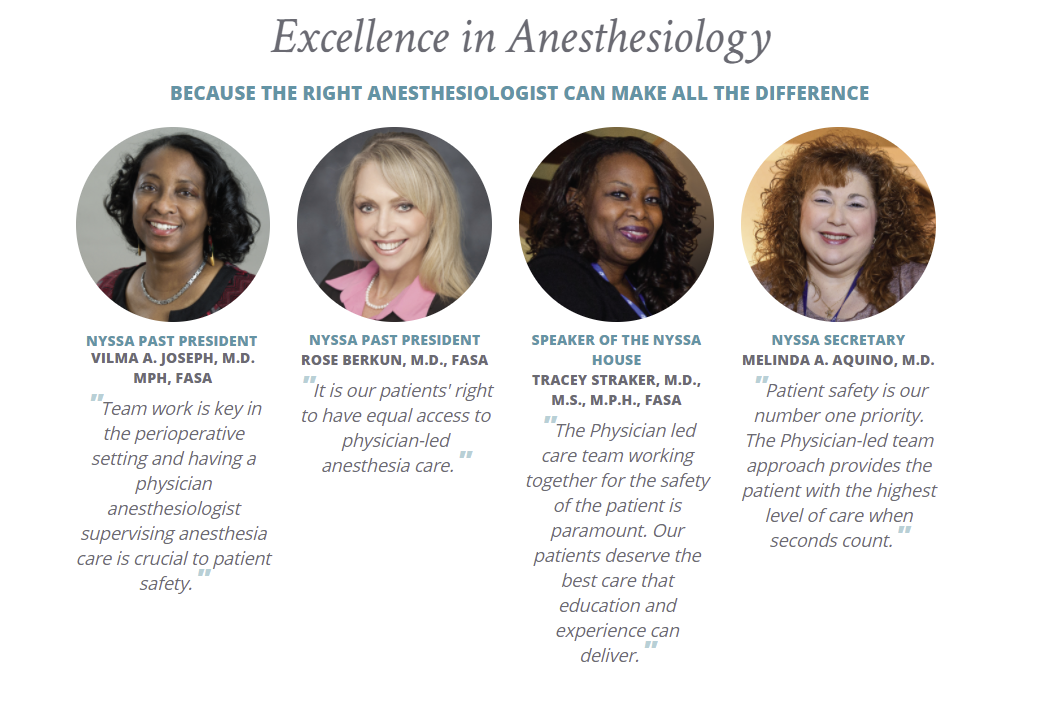The NYSSA recognizes
An equal world is an enabled world.
How will you help forge a gender equal world?
Celebrate women's achievement.
Raise awareness against bias.
Take action for equality.
#ChooseToChallenge
How will you help forge a gender equal world?
Celebrate women's achievement.
Raise awareness against bias.
Take action for equality.
#ChooseToChallenge
Important Women in Anesthesia
Gertie Marx
|
Virginia Apgar
|
Sarah Joffe Glassman
|
